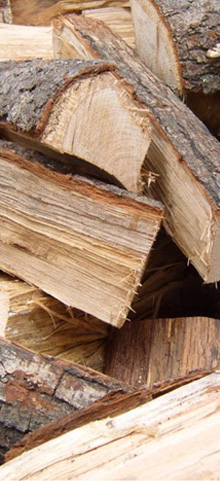 Environment & technology
Environment & technology

With industrially produced biomass plants, heating devices are measured by the manufacturer
on a test bench under the conditions prevailing there and certified as such, i.e. no account is
taken by any other heater manufacturer that environmental conditions may differ
considerably (such factors as height above sea level, required performance, fireplace length
or diameter and many others are often not taken into account). As an example, the same
biomass heater unit can be located at sea level in Venice, connected to a stainless steel
chimney of 3 metres in length with a diameter of 22 cm: the same heater unit can be installed
on the Brenner Pass at 1600 metres above sea level, connected to a fireclay chimney that is
12 metres long with a diameter of 14 cm. Yet, according to standards, the manufacturer will
certify the same efficiency and emission values. Tiled stoves however are always adapted to
the prevailing conditions as an individual, complete heater unit. A tiled stove is built
following the calculation of exhaust gases and efficiency, taking into account the need for
heating, the air saturation, surroundings and exhaust system (chimney properties). This makes
it possible to ensure fully CO2-neutral combustion, thus protecting the environment and
contributing to the general economic good. Firewood can be obtained as fuel locally, creating
a micro-economy that strengthens regional purchasing power. There are no long transport
routes with the related risks, in particular accidents during the transport of fossil fuels that can
cause serious and lasting environmental damage (e.g. oil tanker or oil rig accidents). The
greenhouse effect is a major issue in the 21st century, with governments around the world
attempting to reduce CO² emissions. Burning fossil fuels considerably burdens the Earth’s
atmosphere with additional CO² emissions: the burning of a piece of wood releases the same
amount of CO² as the original tree stored during its growth and would release as it rotted, i.e.
the combustion of wood, a renewable raw material, changes the CO² balance positively as we
use the heat released through combustion for heating our homes and apartments as a waste
product without the need for other energy sources.



